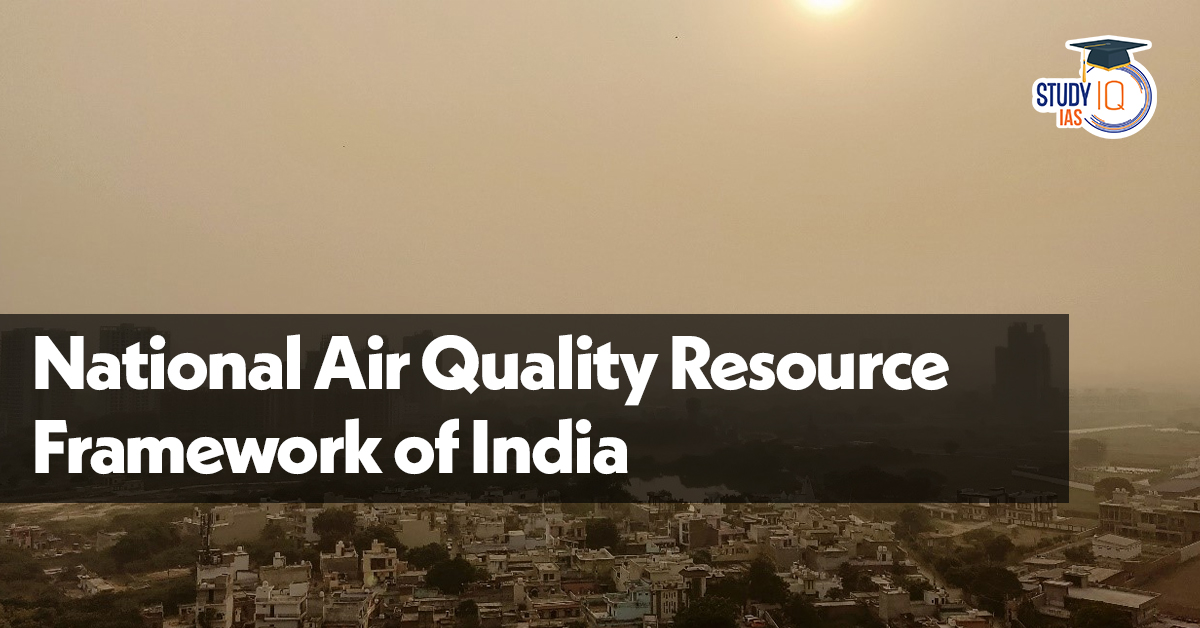Table of Contents
Context: Delhi has been ranked the world’s most polluted capital for the sixth consecutive year in IQAir’s 2024 World Air Quality Report. The need for an airshed-based approach, as suggested by NARFI, is gaining traction.
About National Air Quality Resource Framework of India (NARFI)
- National Air Quality Resource Framework of India (NARFI) is an initiative under the Office of the Principal Scientific Advisor (PSA) to the Government of India.
- It was launched by NIAS (National Institute of Advanced Studies) to create a scientific framework for air quality management across India.
- The framework helps in mapping pollution sources, identifying airsheds, and implementing data-driven policies.
Key Objectives of NARFI
- Airshed-Based Approach – Moves beyond state boundaries to address air pollution at a regional level.
- Data-Driven Decision Making – Uses satellite imagery, ground-based sensors, and AI models to track pollution.
- Policy Integration – Aligns national and regional pollution control strategies.
- Public Awareness & Collaboration – Engages multiple stakeholders like government bodies, researchers, and industries.
What are Airsheds?
- An airshed is a geographic region where air pollutants circulate and mix due to meteorological and topographical factors.
- It is similar to a watershed (which governs the flow of water) but applies to air movement and pollution spread.
- Delhi’s Airshed spans six states (Punjab, Haryana, UP, Rajasthan, Himachal Pradesh, Uttarakhand).
- Other important airsheds in India include:
- Indo-Gangetic Plain Airshed (Delhi, UP, Bihar, West Bengal, Punjab)
- Central India Airshed (Madhya Pradesh, Chhattisgarh, Maharashtra)
- Western India Airshed (Gujarat, Maharashtra, Rajasthan)
Why is an Airshed Approach Necessary?
- Traditional state-wise policies fail because pollution travels beyond state borders.
- Eg. Delhi’s pollution comes from stubble burning in Punjab & Haryana and industrial activity in UP.
- The airshed model ensures a coordinated effort between multiple states for effective pollution control.


 List of National Parks in India 2025, Ch...
List of National Parks in India 2025, Ch...
 Bonnet Macaques: Habitat, Features, Beha...
Bonnet Macaques: Habitat, Features, Beha...
 Periyar Tiger Reserve, Map, Flora, Fauna...
Periyar Tiger Reserve, Map, Flora, Fauna...

























